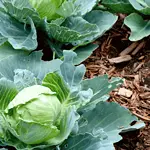Microgreens are a popular way to add flavor and nutrition to meals, but they can be susceptible to mold growth. In this blog post, we will discuss some common causes of mold in microgreens and provide solutions to help prevent it.
We will also cover how to clean up any mold that does occur. Keep reading for more information!
If you’re a fan of microgreens, you may have noticed that they sometimes develop mold. This is a common occurrence, and it’s nothing to worry about. Keep an eye out for Microgreen mold, which can form on the leaves of microgreens due to too much moisture in the air or soil.
Microgreens can be eaten raw, cooked into soups and stews as well as being used as garnishes on dishes like salads.
Microgreen mold is a type of mold that can form on the leaves of microgreens. Microgreens mold is usually caused by too much moisture on the leaves of microgreens.
The best way to prevent Microgreen mold is by making sure that you’re not overwatering your plants and keeping them in a cool, dry place. If Microgreen mold does develop, there are some things you can do to get rid of it:
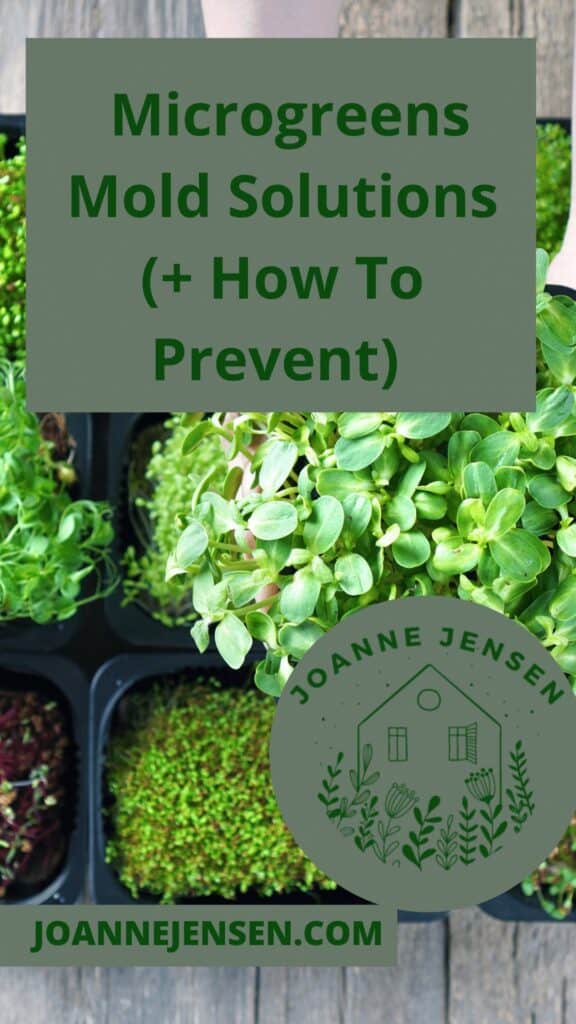
Change the soil (if using one) or substrate material every few days in order to reduce humidity levels around your growing area. This will help prevent Microgreen mold from forming again!
Try misting less often with clean water instead of tap water; this will also help keep down humidity levels so Microgreens won’t be as susceptible to getting molds like a spot or powdery mildew.
If your Microgreens have already been infected with mold, you can try to gently brush it off the leaves using a soft bristle toothbrush (or use your hands if they’re not too dirty). Be very careful not to damage the plant!
Finally, if all of these methods don’t work and the mold persists, you may need to discard the Microgreens altogether. Just remember that this is a rare occurrence, and it’s usually easy to prevent Microgreen mold from forming in the first place.
Just remember that this is a rare occurrence, and it’s usually easy to prevent Microgreen mold from forming in the first place.
Causes of Mold in Microgreens:
- Poor ventilation
- High humidity levels
- Condensation on the leaves
- Excessive waterings
- Improperly stored microgreens
Solutions to Prevent Mold:
- Make sure your growing area has good ventilation. This will help reduce humidity levels and prevent condensation from building up on the leaves.
- Try to avoid watering your microgreens too often. This will help reduce the risk of excess water accumulation, which can lead to mold growth.
- Store your microgreens in a cool, dry place. Excessive humidity and warmth can promote mold growth.
If You Do Find Mold in Your Microgreens:
- Remove the affected plants from the rest of the crop.
- Dispose of the moldy plants in a safe way. Do not eat them!
- Wash and dry the growing area thoroughly.
- Sanitize any tools or containers that were used in the growing process.
Preventing mold is not always easy, but following these tips can help reduce the chances of it occurring. If you do experience a mold outbreak, however, don’t panic! Just take some steps to clean it up and you’ll be back to growing delicious microgreens in no time.
How Do You Get Rid of Mold in Microgreens?
Grab your water spray bottle with a mixture of water, white vinegar, and hydrogen peroxide. You can spray this over your plants; it will kill the mold growing on them.
However, don’t make the mixture too strong, if you do you’ll end up burning the leaves of your microgreens; as well as killing the mold.
What Does Mold Look Like on Microgreens?
The first thing to understand is that there is a difference between mold and root hairs. Every plant has tiny hairs that form part of the root. They stick out from the lowest part of the plant and help to increase the surface area; allowing your microgreens to absorb all the water they need.
How Does the Mold Form?
Mold on microgreens is the same as mold in any other environment; it needs bacteria, moisture, and slow-moving air. If you alter the conditions your microgreens are living in, you can deprive the mold of everything it needs to survive; effectively killing it.
How to Prevent Mold on Microgreens?
There are several things you can do to help prevent mold from forming in the first place.
Ventilation
Mold doesn’t like moving air, it doesn’t give it the chance to breed and multiply as the bacteria are moved on before they can be really effective.

This is why it is essential to ensure ventilation at every step if the growing process. When you’re germinating your microgreens they are generally covered and at higher risk of mold due to minimal airflow.
To prevent mold on microgreens simply add a couple of ventilation slots to the side of your lid and then place a fan next to the tray. This can be turned on for 15-30 minutes of every hour, refreshing the air around the plants and keeping the mold at bay.
AreoGarden

Mold is not a fan of bright lights, as soon as germination has occurred you can move your plants into the light. However, artificial lights are not always the best option for your microgreens. You’ll probably prefer to put them in indirect sunlight; giving them enough light without excessively drying them out.
If sunlight isn’t an option then a grow light, or a standard fluorescent light is a good option; it will help your plants to grow while keeping the sun away.
Clean flats with hydrogen peroxide or bleach


Before you start growing or even germinating your microgreens it is important to clean all your equipment thoroughly.
You can clean the trays with a 1500ml spray bottle it will need 50ml of hydrogen peroxide, 50ml of white vinegar, and the rest can be normal water.
Wash your trays and other equipment with this solution before sterilizing the growing medium and sanitizing the seed.
It should be noted that you can only sanitize seeds that can be soaked before growing. Simply place them in a bowl of water with a teaspoon of hydrogen peroxide. Leave them to soak for a couple of hours and then proceed as normal with planting.
This will kill any infection already present in the seed and help to ensure that you don’t suffer from the mold on microgreens.
Humidity control

Mold loves moisture, in fact, it is essential to its survival. Unfortunately, your plants also need water to survive, having moisture in the growing medium is essential.
But you can remove moisture in the air without affecting your microgreens. To do this you simply need to invest in a dehumidifier. Having it on a few times a day will get rid of the moisture; making it very hard for the mold to survive and flourish.
Avoid Bunching Seeds

It is also worth noting that bunching the seeds up will lead to a concentration of moisture and a lack of airflow; due to the growing microgreens blocking air movement.
That will encourage mold growth. Try to spread your seed so that there is a little room around each one; your plants will grow better for it.
Top 10 Ways to Prevent Mold on Microgreens
Additional Tips
1. Plant in trays with drainage holes
2. Use clean growing mediums that allow for drainage
3. Control the humidity of your grow space
4. Provide trays with proper air circulation with the use of fans
5. Set up proper lighting conditions allowing for 6-10 hrs. daily
6. Presoak and disinfect “dirty” seed varieties
7. Avoid seeding too densely
8. Properly disinfect trays between plantings
9. Disinfect flood trays regularly with H202
10. Use the bottom watering method for microgreens
Conclusion
Microgreens mold is a common problem in the growing process. keep in mind when you’re working with greens and other products that could be susceptible to mold.
In conclusion: First, make sure the water is clean before it touches any of the food. Second, rinse greens thoroughly but gently so as not to bruise them or cause bruising which will give an ideal place for bacteria and fungi to grow. Third, don’t over-soak vegetables in a sink full of water because this creates a humid environment where microbes can thrive-instead quickly submerge the veggies into just enough cool running tap water until they’ve been rinsed off well then immediately dry them completely afterward with paper towels. I hope this article has helped.
Latest Posts
- How to Plant Lettuce Seeds for Maximum Germination

- How to Plant Kale Seeds: A Step-by-Step Guide to Maximum Germination Success!

- How to Plant Eggplant Seeds: A Step-by-Step Guide to Maximum Germination Success!
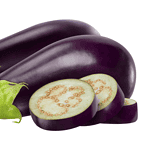
- How to Plant Cucumber Seeds for Maximum Germination
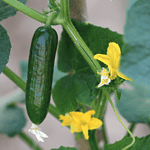
- How to Plant Chili Pepper Seeds for Maximum Germination
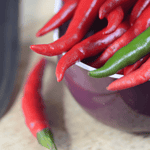
- How to Plant Cabbage Seeds for Maximum Germination
